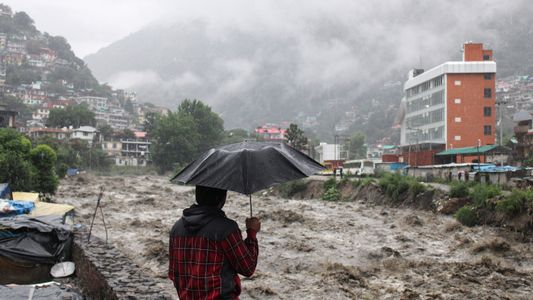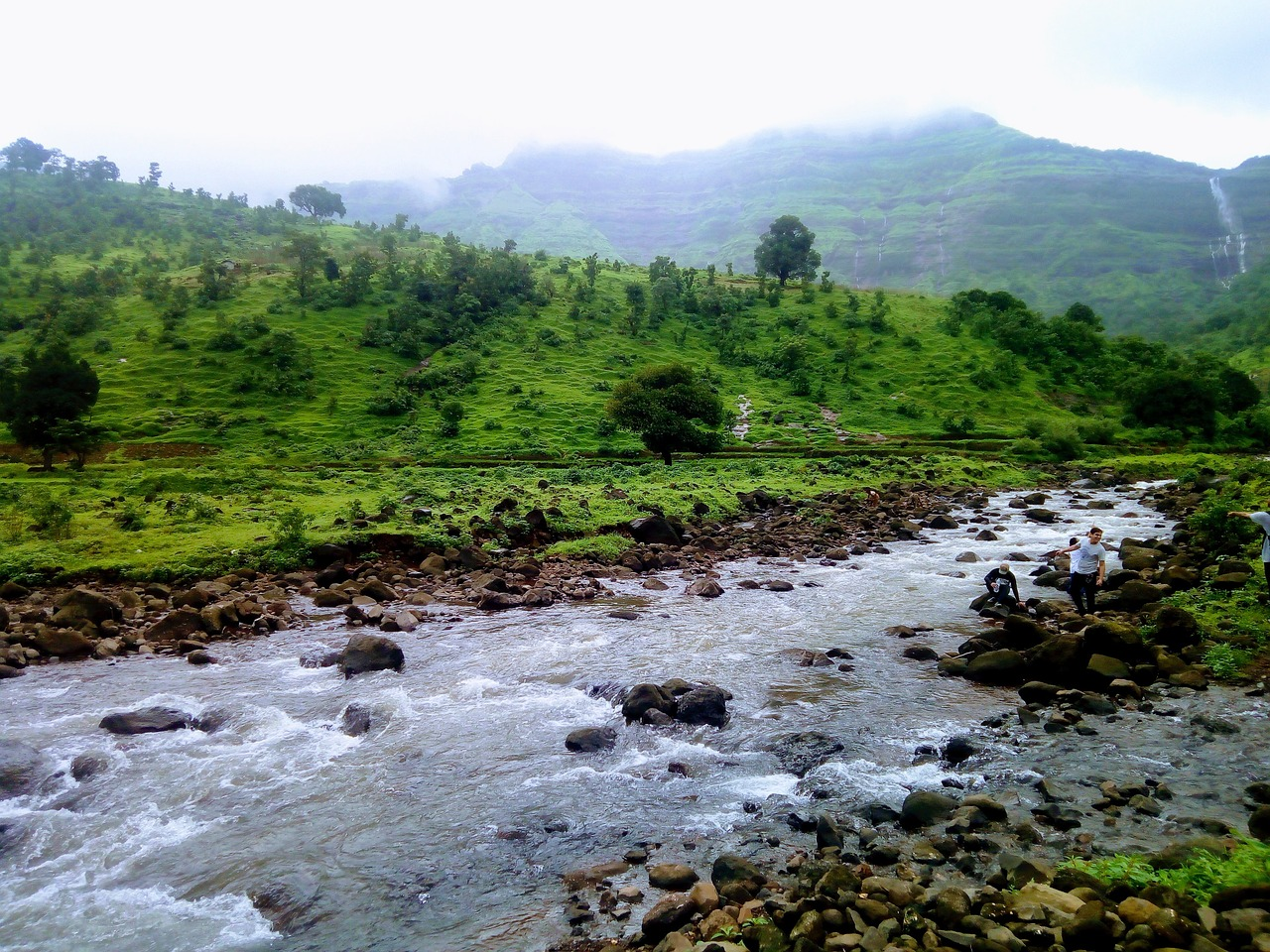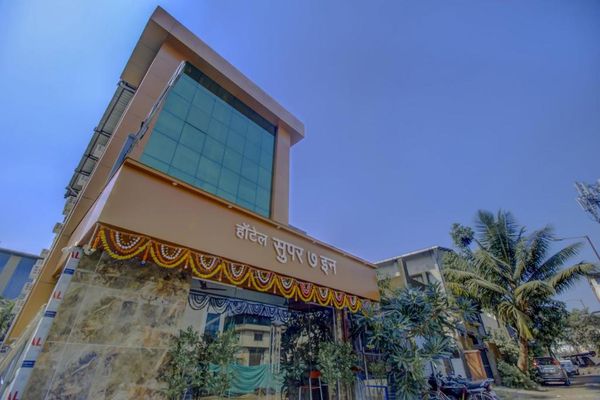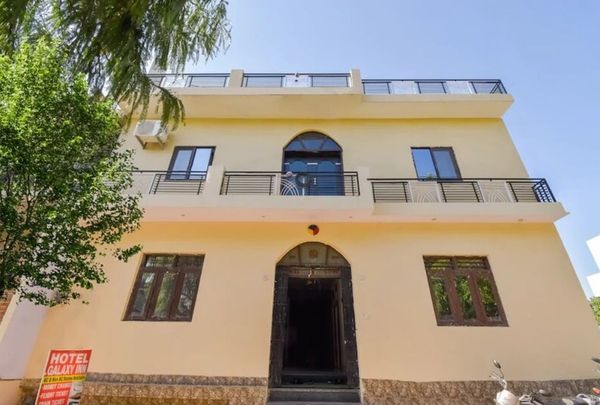7 Places to Avoid in India During Monsoon 2024
 Srijan Garg
04 Jul, 2024
7 mins read
553
Srijan Garg
04 Jul, 2024
7 mins read
553

India is a land of diverse climates, and the monsoon season, while beautiful, often brings heavy rains that can cause significant flooding in certain regions. While the rains are a boon for agriculture, they can make travel to some areas risky and inconvenient. To ensure your safety and an enjoyable trip, here are the places you should avoid visiting in India during the monsoon season due to heavy floods.
1. Assam

Assam, known for its lush tea gardens and the mighty Brahmaputra River, experiences severe flooding during the monsoon. The river often overflows, affecting large parts of the state and displacing thousands of people. The Kaziranga National Park, home to the one-horned rhinoceros, also faces flooding, making it difficult for both wildlife and tourists.
2. Bihar

Bihar, with its rich cultural heritage and historical sites, is another region heavily affected by monsoon floods. The Ganges and its tributaries frequently overflow, causing widespread disruption. Roads become impassable, and many villages are submerged, making travel hazardous.
3. Uttarakhand

Uttarakhand, famous for its scenic landscapes and pilgrimage sites like Kedarnath and Badrinath, sees a high risk of landslides and floods during the monsoon. The state's hilly terrain makes it particularly susceptible to landslides, which can block roads and cause accidents. The Char Dham Yatra, a popular pilgrimage, is often suspended due to these natural calamities.
4. Kerala

Kerala, with its picturesque backwaters and lush greenery, faces heavy rainfall during the monsoon. The state has experienced devastating floods in recent years, causing significant damage to infrastructure and disrupting normal life. Areas like Alappuzha, known for houseboat cruises, can become dangerous due to rising water levels.
5. Maharashtra

Maharashtra, particularly Mumbai, faces severe flooding during the monsoon. The city’s drainage system often gets overwhelmed, leading to waterlogged streets and transportation chaos. Other areas like Ratnagiri and Raigad are also prone to landslides and heavy rains, making travel risky.
6. West Bengal

West Bengal, especially the northern parts like Jalpaiguri and Cooch Behar, experiences heavy monsoon rains that lead to floods. The low-lying areas near the riverbanks are particularly vulnerable, and transportation can be severely affected, making travel inconvenient and unsafe.
7. Karnataka

Karnataka, with its mix of urban and rural landscapes, also faces flooding during the monsoon. Cities like Bengaluru experience waterlogging, while the Western Ghats region sees landslides and swollen rivers. Tourist spots like Coorg and Chikmagalur, known for their coffee plantations and scenic beauty, can become inaccessible.
Don't fret! While these locations might be off-limits during the monsoon, there's a whole other side of India waiting to be explored. Consider the deserts of Rajasthan, the dusky charm of Ladakh, or the historical richness of Hampi.
Travel Smart: Plan Your Trip Wisely
Remember, the key to a fantastic monsoon adventure is a little planning and flexibility. Do your research, check the forecasts, and pack that rain jacket (with a bright, cheerful design, of course!).
Most importantly, embrace the magic of the season. The rain-washed landscapes, cascading waterfalls, and vibrant greenery create a unique beauty that's simply unforgettable. So, ditch the worries, pack your bags, and get ready to discover a whole new side of India during the monsoon!
Remember, the best travel memories are made with a healthy dose of safety and sunshine!
Bonus Tip: Always check the latest monsoon forecasts and advisories before finalizing your travel plans.
Happy (and safe) travels!
Written By:
Srijan Garg



Hotels at your convenience
Now choose your stay according to your preference. From finding a place for your dream destination or a mere weekend getaway to business accommodations or brief stay, we have got you covered. Explore hotels as per your mood.


